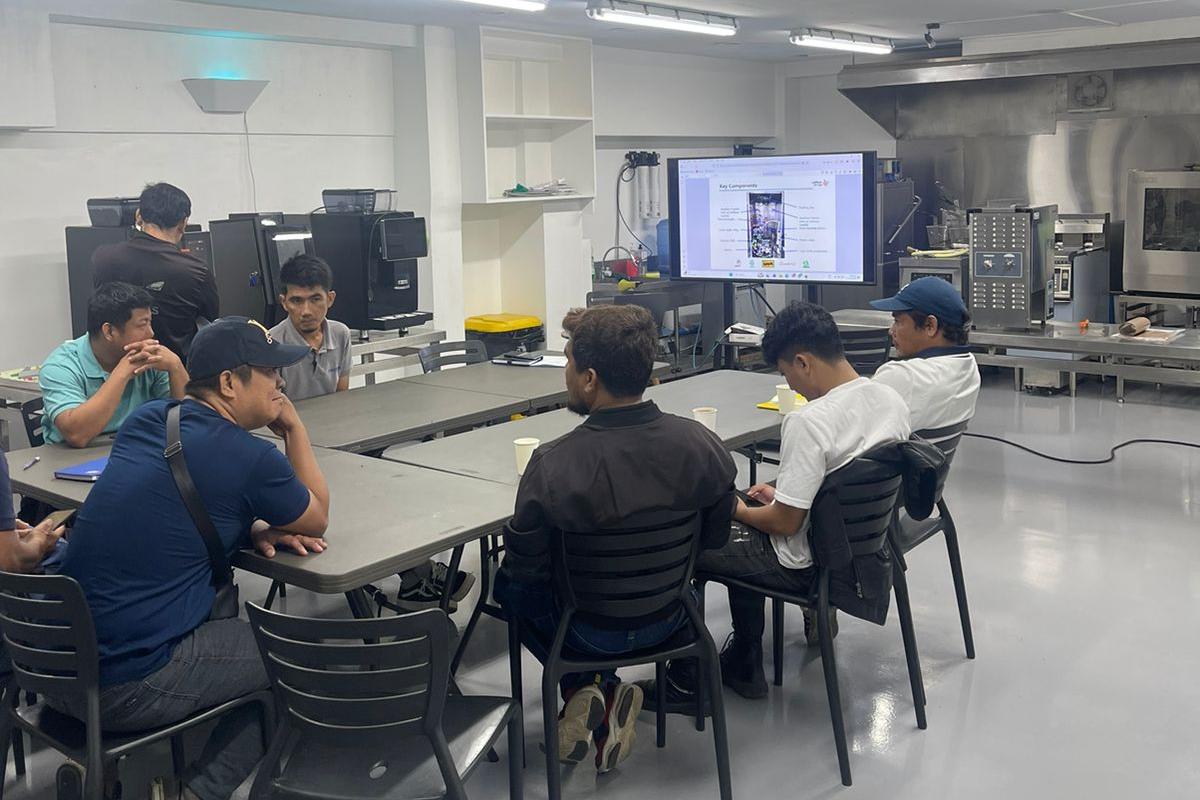BT10003 – Beverage Station
Dedicated place for tea tank, containers, measuring cylinder, water boiler, fructose dispense.
Description
| Model | Dimension(mm) |
|---|---|
| BT10003 | 1800 x 700 x(800+680) |
Well polished 304 stainless steel
Modules:GN pan holder, ice bin, storage cabinet, sink
Functions of a Beverage Station:
- Preparation Area: It serves as a central pointfor the preparation of various beverages. This includes the mixing of drinks, brewing of coffee or tea, and the storage of necessary ingredients like coffee beans, tea bags, syrups,and condiments.
- Service Point: Apart from preparation, it also functions as a service point where customers can order or pick up their beverages. In some setups, it might also offer self self-service options.
Features of a Beverage Station:
- Equipment and Appliances: It is equipped with various appliances and equipment essential for beverage preparation, such as coffee makers, blenders, ice machines, water dispensers, and sometimes specialized equipment like espresso machines.
- Work Surface: Provides ample and hygienic work surfaces for the preparation and assembly of beverages.
- Storage and Organizational Features: Includes cabinets, drawers, and shelves designed to store and organize ingredients, tools, and supplies efficiently. This keeps the station tidy and ensures everything is within easy reach.
- Waste Disposal: Integrated waste disposal solutions, such as trash bins and recycling compartments, are often part of the station to manage waste generated from beverage preparation and consumption.
- Water Supply and Sink: A crucial component of a beverage station, especially for a water bar, is the inclusion of a water supply and sink for washing equipment and utensils, as well as for obtaining water for beverages.





